
HOW TO CATCH A FROG


Published in 2014 by Stewart, Tabori & Chang
An imprint of ABRAMS.
Text copyright 2014
All rights reserved. No portion of this book may be reproduced, stored in a retrieval system, or transmitted in any form or by any means, mechanical, electronic, photocopying, recording, or otherwise, without written permission from the publisher.
Library of Congress Control Number: 2013945657
ISBN: 978-1-61769-098-3
Editor: Melanie Falick
Designer: Brooke Reynolds for inchmark
Production Manager: Erin Vandeveer
Stewart, Tabori & Chang books are available at special discounts when purchased in quantity for premiums and promotions as well as fundraising or educational use. Special editions can also be created to specification. For details, contact specialsales@abramsbooks.com or the address below.

115 West 18th Street
New York, NY 10011
www.abramsbooks.com
For my mother and my daughter, and for Mike and Jane

contents
prologue
I COME FROM A FAMILY OF DREAMERS.
My grandfather bought the land in Vermont, the place that would define my family and my upbringing, in the early 1960s. It was almost a thousand acres, mostly mountaintop, with a few dilapidated farmhouses and outbuildings. Much of it had been worked as dairy farms for more than a century before my family arrived, and because it had been grazed by cows for so many decades, it was still full of high green meadows and clear, breathtaking views into the valleys below.
My grandfather had originally intended to build a country house there, in the style of homes he had admired when he lived and worked in Austria and Switzerlanda grand, chalet-style place where his four children, who had grown up mostly apart, in separate boarding schools, could spend their summers. He longed to be the head of a large, close family at least in part, I believe, to make up for what he thought was missing from his own upbringing. His childhood had come apart when he was a little boy, when his father died and his mother remarried, and he was sent away to live with relatives. While he had become very successful financially and now had a family of his own, they still did not have a singular place to call home. His was a grand and ambitious vision of a place where they would become close and be together for generations to come. His children, however, had other plans, largely inspired by the political and cultural shifts of that era. Instead, it became a place where each of them would stake a claim, two as permanent residents and two as itinerant, seasonal visitors, each by then so independently formed, so formal and competitive with one another, that there was little hope that they would ever develop the sort of bonds that my grandfather had longed for. It was a place, dramatic and vast, remote and private, and a time, tumultuous and inspired, where anything could be imagined.
My mother and father were married in 1969, and moved into one of the old farmhouses while building their own geodesic dome on the hillside site they had been given as a wedding gift. In an old cowshed next to the house, they kept a herd of five goats, including a big white dam named Cassie who produced such amazing amounts of milk that she won blue ribbons at state fairs. A neighboring farmer gave her to my parents because he couldnt keep her out of his gardens, even when he surrounded them with barbed wire. One morning, he was so angry that he put her in the back of his truck and drove her to my parents, who had just learned that they were expecting twins. My sister and I were born in November, during a blizzard. When we were just six weeks old my mother, exhausted from nursing two babies, closed her bedroom door for three days and slept. My father, having no access to or money for formula, filled glass baby bottles with milk from Cassies udders. Cassies diet was grass in the summer and hay in the winter, cut from the fields around us that were not planted, but left to grow thick with weeds, wild-flowers, goldenrod, and ragweed.
My first food, then, was made of this placeof weeds and of dreams.
HOW TO
make a teepee
from plastic flowers
 THE TROUBLE WITH MAKING A BEANPOLE teepee is that summer usually ends before all the beans reach the top, or that the beans stop reaching for the top before summer ends. You can trick a sunflower by putting a paper bag over its head for a few hours out of the day; it will think that its in the shadow of another sunflower, and it will try to become bigger and taller. But you must always take the bag off by noon, because if it doesnt get any sun at all, it will simply give up, and it will lie down, with its flower still facing the sky, which is far too sad a sight for summertime. Beans, however, once comfortably stretched out on a net of sticks and string, tilted toward the sun, will get sleepy and thick but will have no reason to continue to reach.
THE TROUBLE WITH MAKING A BEANPOLE teepee is that summer usually ends before all the beans reach the top, or that the beans stop reaching for the top before summer ends. You can trick a sunflower by putting a paper bag over its head for a few hours out of the day; it will think that its in the shadow of another sunflower, and it will try to become bigger and taller. But you must always take the bag off by noon, because if it doesnt get any sun at all, it will simply give up, and it will lie down, with its flower still facing the sky, which is far too sad a sight for summertime. Beans, however, once comfortably stretched out on a net of sticks and string, tilted toward the sun, will get sleepy and thick but will have no reason to continue to reach.
The other trouble with a beanpole teepee is that nothing grows beneath it. You will wait all summer long, which for a child is both a lifetime and an instant, and then you will crawl inside and find it to be unexpectedly dark and damp. You will feel the cold wet on your knees through your jeans before you are even all the way inside because you have watered it so many times, hoping to make it grow thick and tall, that the earth inside will be almost black with mud. You will drag in a towel or a blanket or something else, but that too will eventually feel wet, and then you will not want to go back into your beanpole teepee, and you will forget that you left some of your favorite things inside it when you went there on the longest day of the year, before its days became numbered.
This is why you should make a teepee out of plastic flowers. I know you must think I am very tacky, or very lazy, but here is what I can promise you: that when you are finished and you crawl through the opening and into your small house, you will feel whole, and satisfied, and your mind will be settled. To make anything by hand, whether it is to feed or to warm or to shelter yourself, to succeed in meeting some smallor not smallneed that exists within us, this is what we and every other thing with a heart that walks this earth are meant to do with our hands and with our days. And when you are inside a structure that you have built yourself, whether your walls are made of plastic or grass or brick or beans, you will be at home.
I know this because, when I was a child, I lived on land inhabited by people who lived in houses that they had built for themselves, by hand. The only thing that these three houses had in common, apart from their rural route delivery address, was that they were built without a working knowledge of architecture or construction. All three houses, plus a century-old farmhouse that we all called The Red House, were within distant sight of each other, along the last half mile of a narrow dirt road that climbed into the mountains, growing narrower and grassier and eventually becoming a simple trail that could easily be lost before it disappeared completely into the woods.
Next page
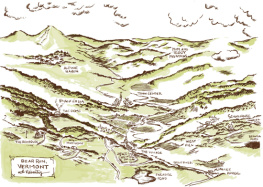




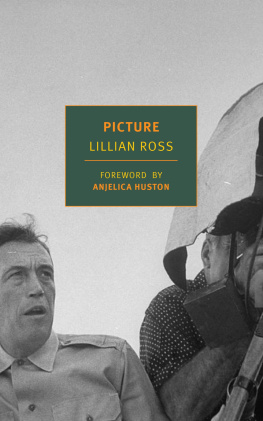
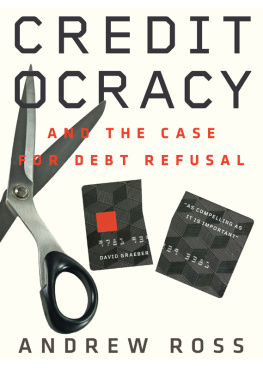
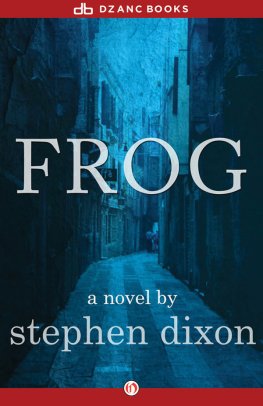
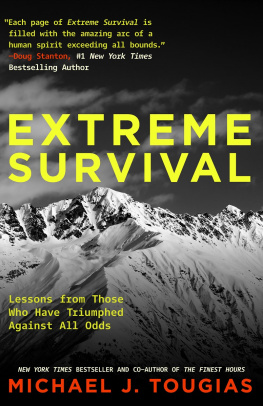

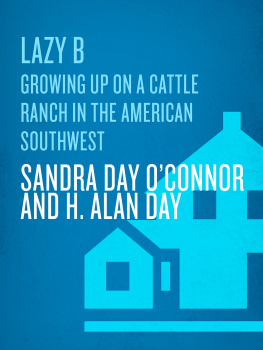
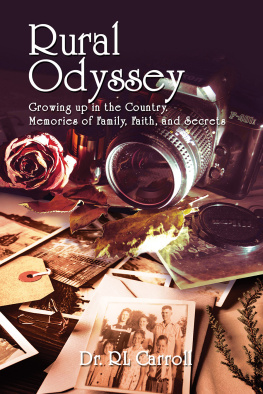
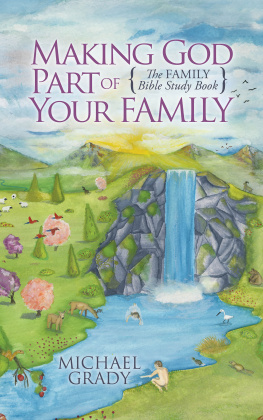

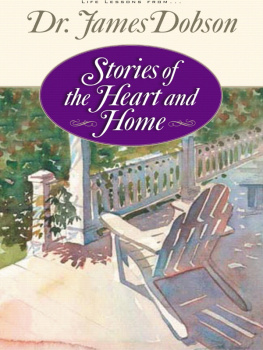
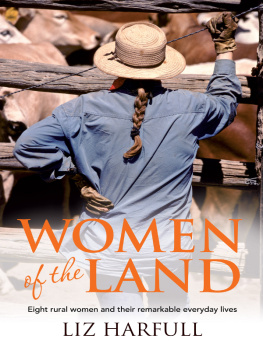

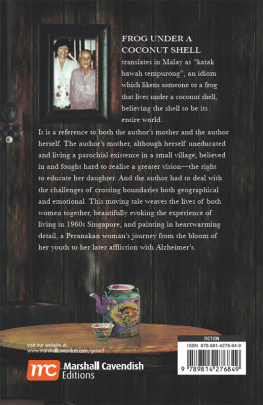
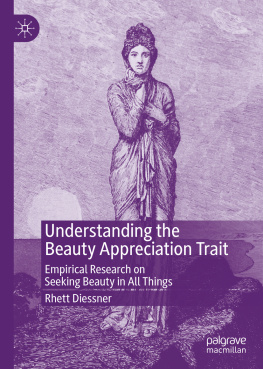





 THE TROUBLE WITH MAKING A BEANPOLE teepee is that summer usually ends before all the beans reach the top, or that the beans stop reaching for the top before summer ends. You can trick a sunflower by putting a paper bag over its head for a few hours out of the day; it will think that its in the shadow of another sunflower, and it will try to become bigger and taller. But you must always take the bag off by noon, because if it doesnt get any sun at all, it will simply give up, and it will lie down, with its flower still facing the sky, which is far too sad a sight for summertime. Beans, however, once comfortably stretched out on a net of sticks and string, tilted toward the sun, will get sleepy and thick but will have no reason to continue to reach.
THE TROUBLE WITH MAKING A BEANPOLE teepee is that summer usually ends before all the beans reach the top, or that the beans stop reaching for the top before summer ends. You can trick a sunflower by putting a paper bag over its head for a few hours out of the day; it will think that its in the shadow of another sunflower, and it will try to become bigger and taller. But you must always take the bag off by noon, because if it doesnt get any sun at all, it will simply give up, and it will lie down, with its flower still facing the sky, which is far too sad a sight for summertime. Beans, however, once comfortably stretched out on a net of sticks and string, tilted toward the sun, will get sleepy and thick but will have no reason to continue to reach.